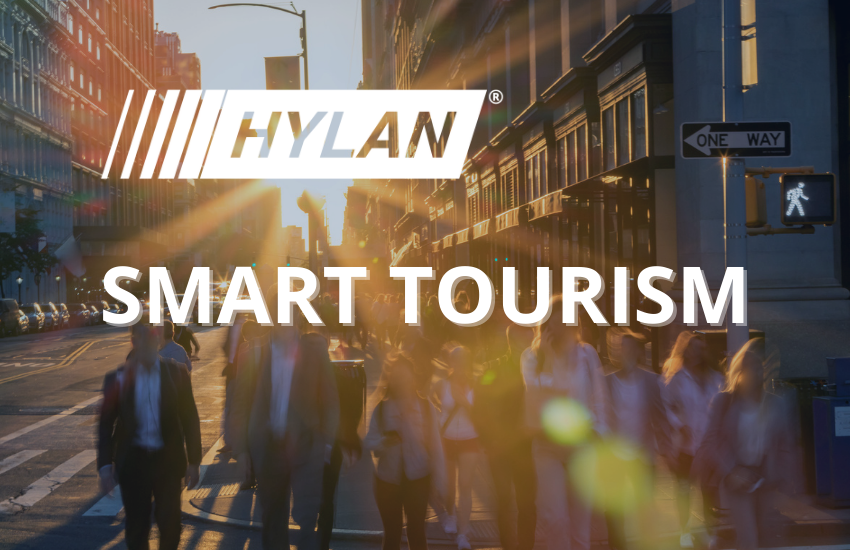Smart city infrastructure isn’t the typical phrase that comes to mind when potential travelers are planning their vacations, but that’s about to change.
Smart city initiatives are playing a key role in the tourism industry, and more city leaders and planners are taking that into account when they are looking for ways to attract visitors and vacationers to their communities. A smart city incorporates innovative technological infrastructure, which improves travelers’ experiences by adapting to their needs and offering them information in real time. This not only benefits visitors, but it also stimulates long-term economic growth.
Here are some ways that implementing smart city technology can help city leaders gain a competitive tourism advantage while promoting safety and economic opportunities for the community at large:
Revenue
More tourists mean more people, which means more business. To accommodate tourists and make it easy for them to find the hotels, restaurants, attractions, and shopping venues most suited to their needs and interests, many cities are adopting data-driven, visitor-centric apps with information such as key destinations, directions, and available parking locations. Some cities are taking the smart concept a step further with augmented and virtual reality experiences. For example, interactive kiosks in New York City can help you find your way to The Empire State Building and other areas of interest by providing guided digital maps. As an added benefit, these kiosks collect important information, such as which attractions are most searched and how much traffic each area of the city receives.
Transportation
More tourists also result in more traffic. This not only increases traffic hazards and congestion, but it also influences the quality of life for residents and businesses. Smart traffic lights use data from sensors, cameras, cell phones and other devices to detect traffic patterns and volume. They can then adjust the timing of red and green lights, as well as “walk” and “don’t walk” signs to help regulate the flow of traffic and pedestrians. Some cities have also implemented smart mobile solutions, which bundle different means of transportation modes like ride-hailing services, public transport, and shared-mobility services into one platform, so visitors can easily view and compare routes, schedules, and costs.
Security
Ask any family traveling with children the multiple factors they consider when selecting a vacation destination, and safety is likely at the top of their list. Smart initiatives such as public safety monitoring systems, intelligent road solutions, and city-wide camera technology add an extra layer of security for visitors. These smart solutions also help protect businesses, residents, law enforcement and other emergency services with real-time data and digital recordings.
Establishing the Infrastructure
Effective city planners and leaders understand that implementing smart city infrastructure is essential for attracting visitors, as well as residents and businesses. To do so effectively, they need to establish the infrastructure to support it. This includes broadband systems, fiber optic cabling, fiber-less technologies, premium wireless infrastructure, and scalable systems.
Although smart city infrastructure may not be what comes to mind today when travelers are planning their vacations, it soon will be. And for city leaders and planners who want to take the guesswork out of establishing smart tourism technology, Hylan will be at the top of their lists to accelerate digital transformation and smart tourism.
Discover how Hylan helps city planners and municipal leaders make smart tourism a reality. Our teams build out the foundational infrastructure for smart cities to connect utilizing our decades of experience in both wireless and fiberless technologies, so your city can foster a more connected and positive experience for tourists and your entire community.

